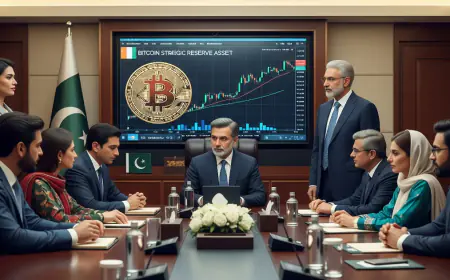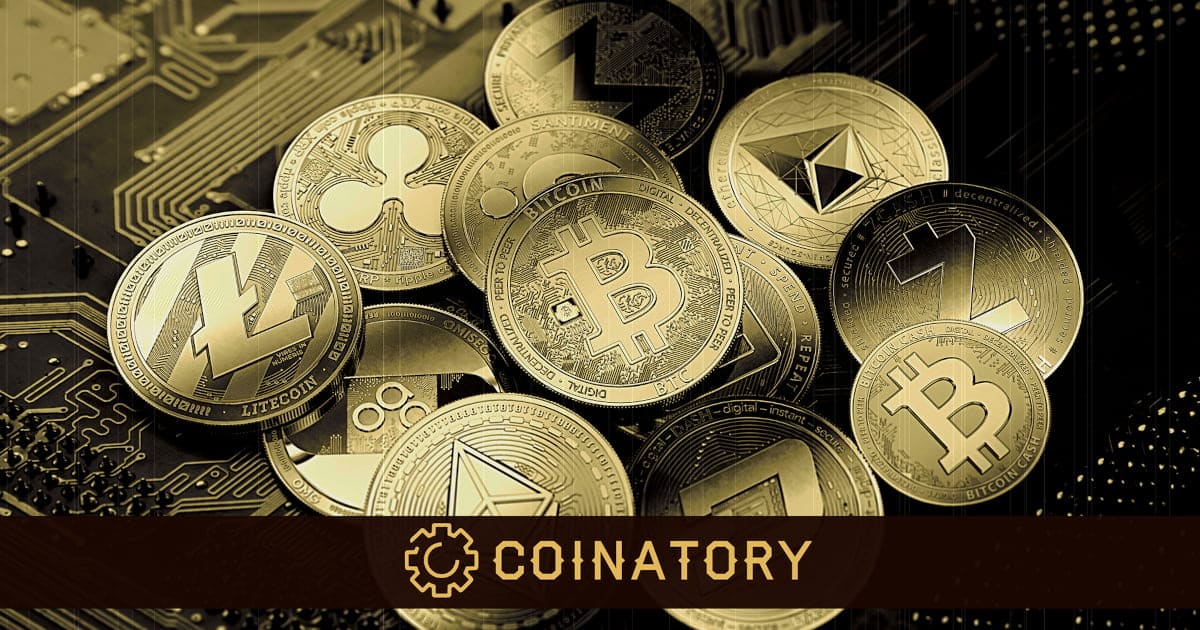India and Russia kick US dollar out of their relationship
India and Russia are ditching the US dollar in their trade relationship. BRICS members are putting their national payment systems, RuPay and MIR, to work. This will reportedly make cross-border transactions smoother between them. Prime Minister Narendra Modi of India met with Russian officials in Moscow. They discussed integrating RuPay and MIR for trade. Modi […]
India and Russia are ditching the US dollar in their trade relationship. BRICS members are putting their national payment systems, RuPay and MIR, to work. This will reportedly make cross-border transactions smoother between them.
Prime Minister Narendra Modi of India met with Russian officials in Moscow. They discussed integrating RuPay and MIR for trade.
Modi confirmed India’s openness to using these systems for transactions with Russia, after rejecting the idea of de-dollarization before. Though he did say it was China’s yuan he wasn’t cool with using.
See: BRICS’ India officially rejects idea of replacing dollar with yuan
This decision will benefit both India and Russia. They will use their local currencies, saving millions in exchange rates. Andrey Kostin, CEO of Russia’s VTB Bank, spoke about this during a press conference. He said:
“We must develop our own settlement system that includes the global south enabling us to conduct transactions in our own national currencies and not the US dollar.”
Kostin mentioned that integrating RuPay and MIR for trade settlements is a complex process but necessary. India has always maintained a friendly relationship with the United States.
However, its recent actions show a shift towards de-dollarization, aligning more with Russia and the BRICS boys. This change was evident when Modi visited Russia after five years.
The meeting between Modi and Putin set ambitious targets. They aimed for $100 billion in trade between India and Russia by 2030.
Russia’s Foreign Minister Sergey Lavrov told the media that Modi confirmed his attendance at the BRICS summit. Modi also showed interest in strengthening cooperation with G20 nations.
Despite the strong push from BRICS, the US dollar remains the world’s primary reserve currency. A new study by the Atlantic Council’s GeoEconomics Center shows that neither the euro nor BRICS countries have significantly reduced global reliance on the dollar.
The “Dollar Dominance Monitor” report noted that the dollar continues to dominate foreign reserve holdings, trade invoicing, and currency transactions globally. Its role as the primary global reserve currency is secure in the near and medium term.
The council reported that China’s Cross-Border Interbank Payment System (CIPS) added 62 direct participants in 12 months to May 2024, an increase of 78%. This brought the total to 142 direct participants and 1,394 indirect participants.
Reporting by Jai Hamid
What's Your Reaction?




































































































